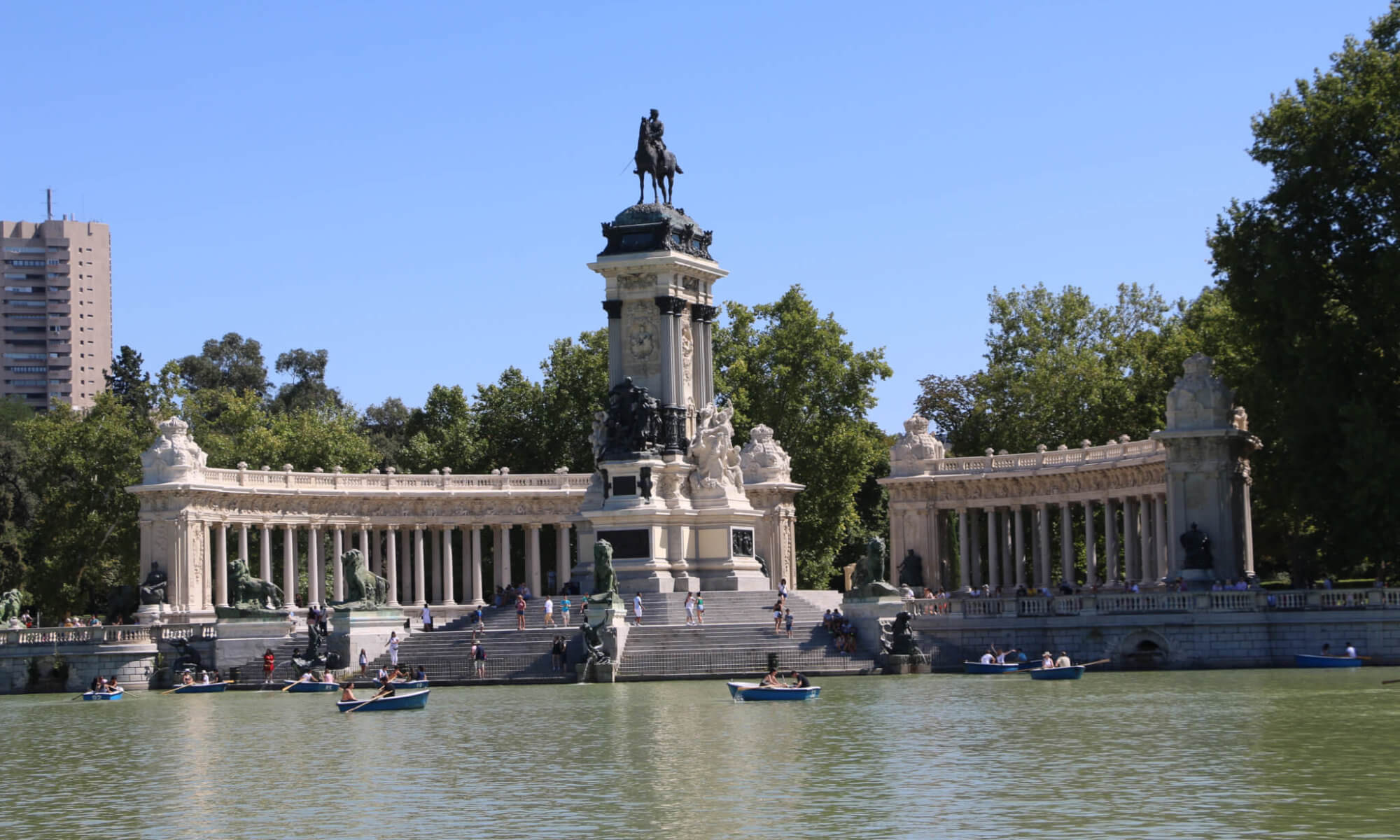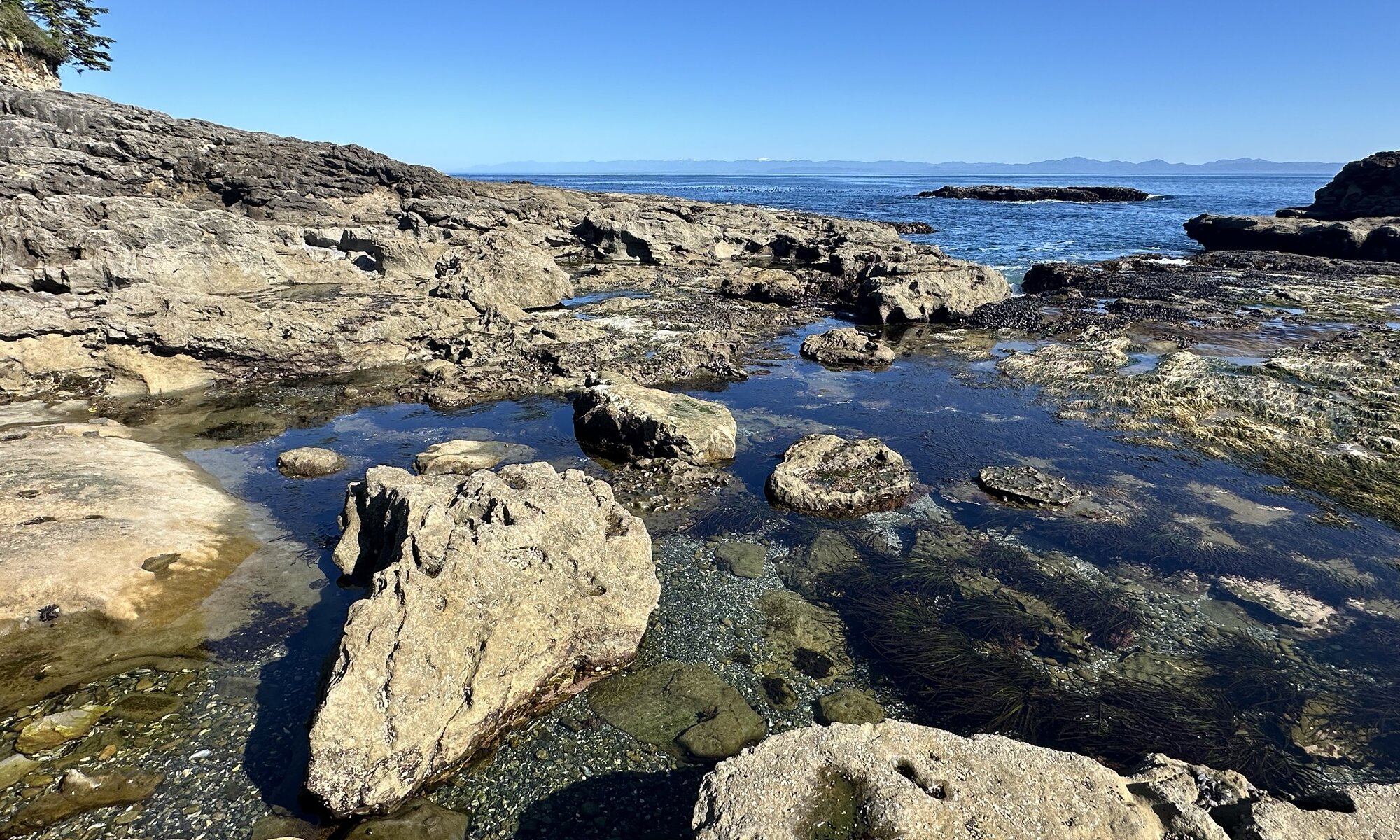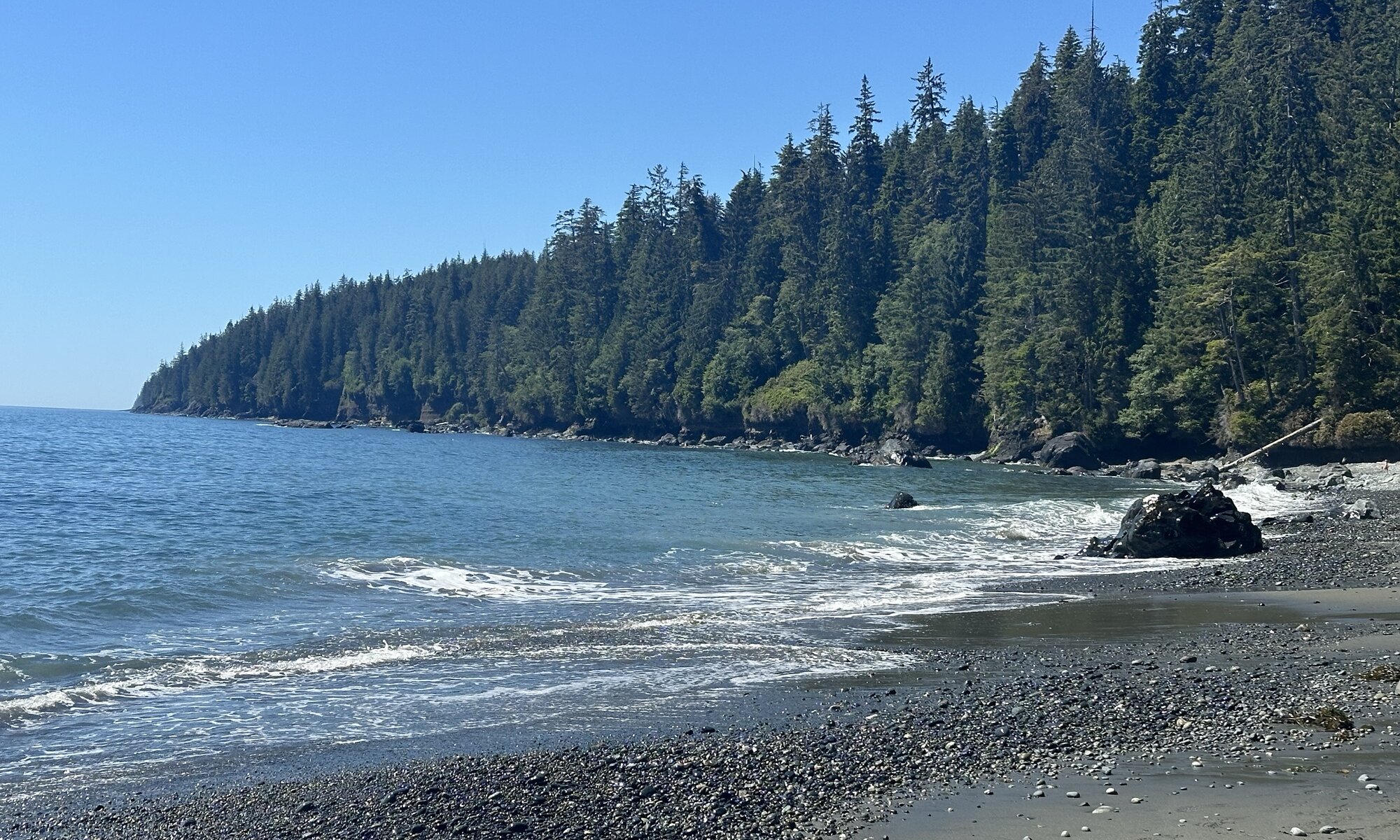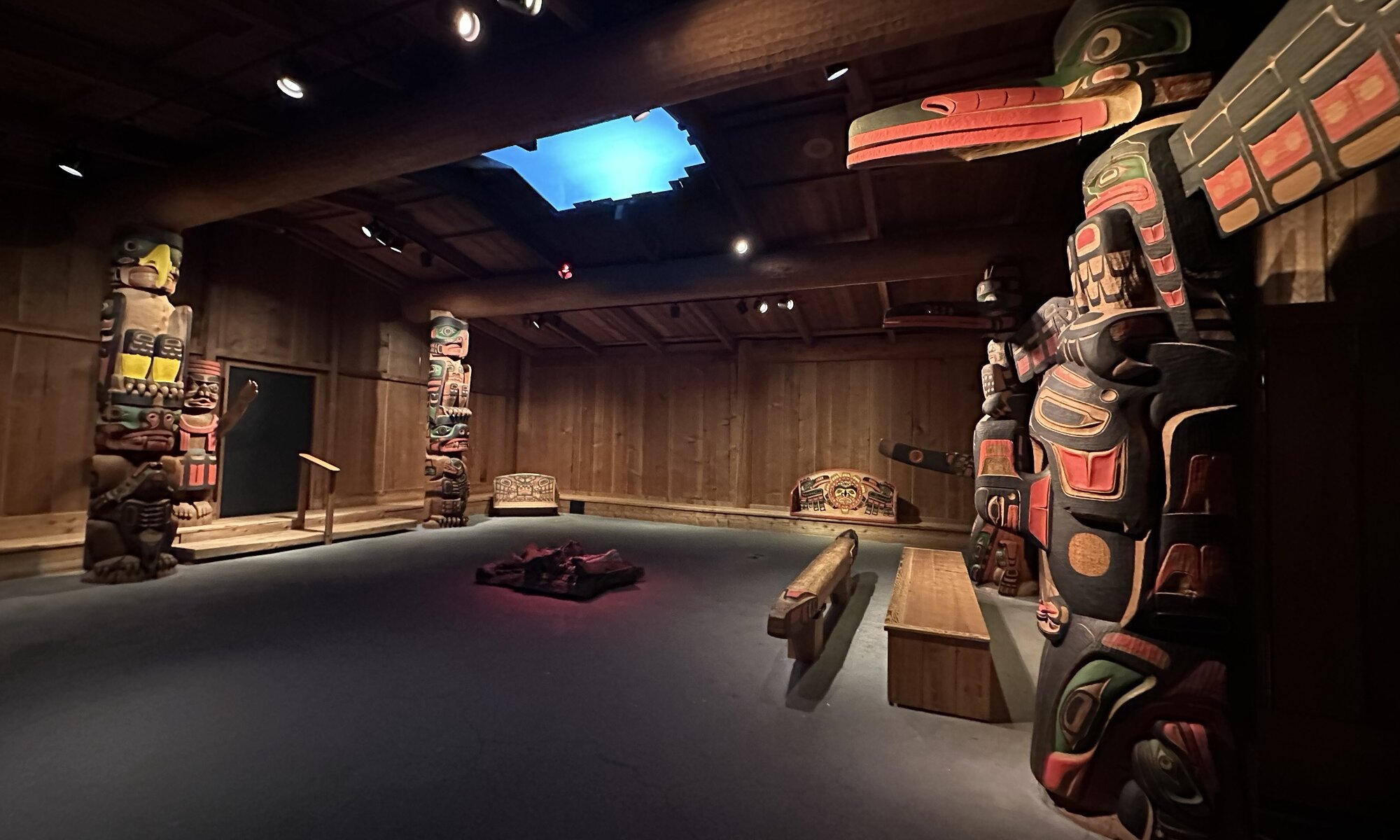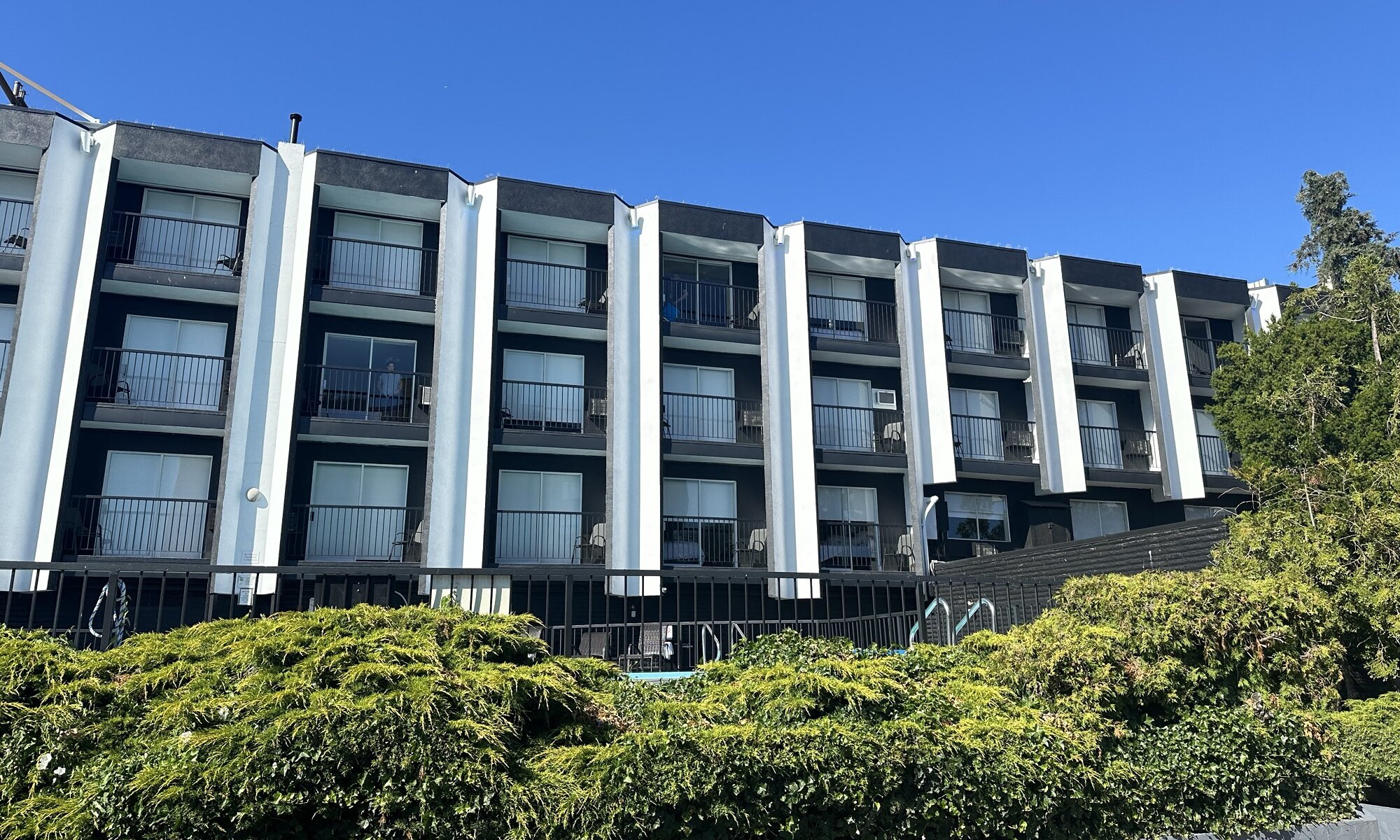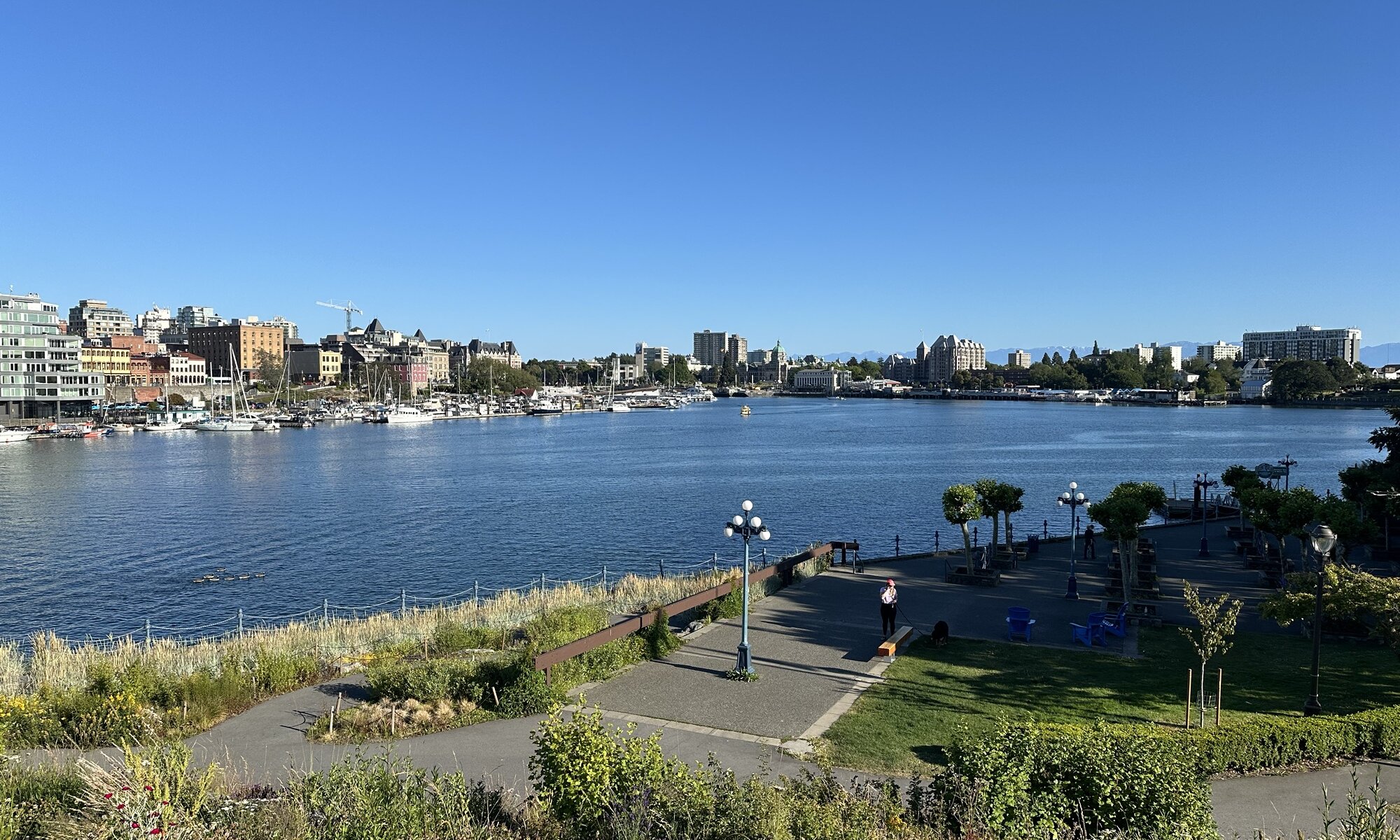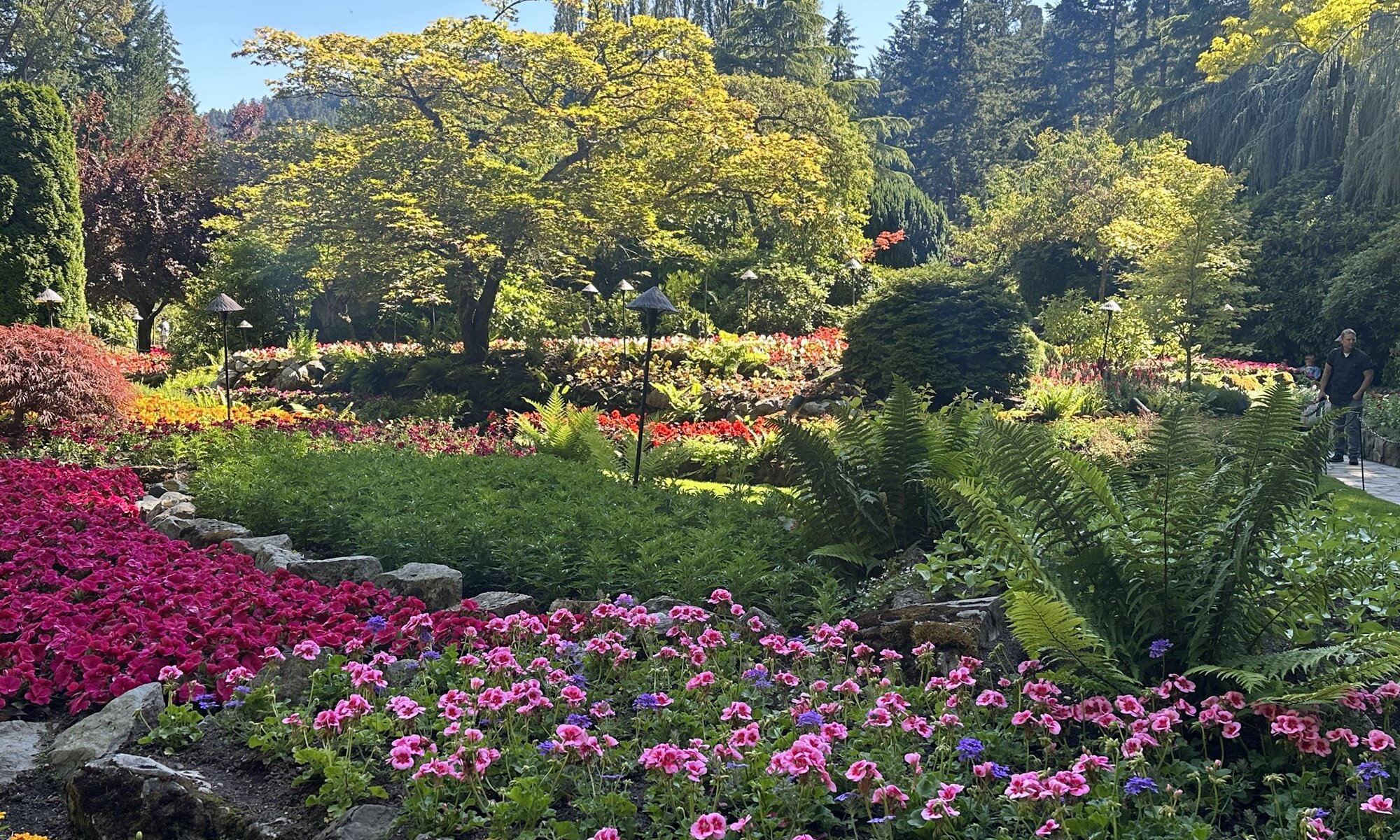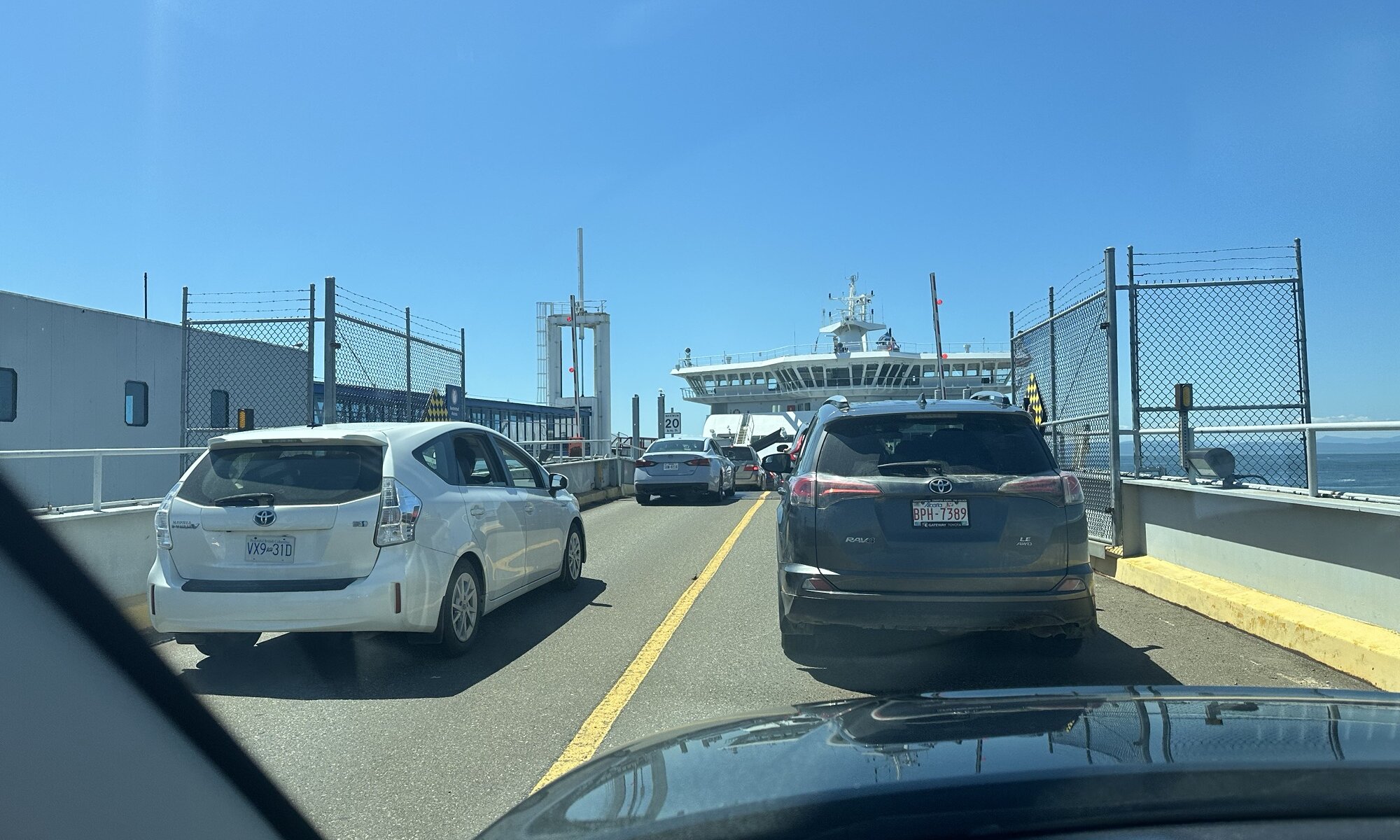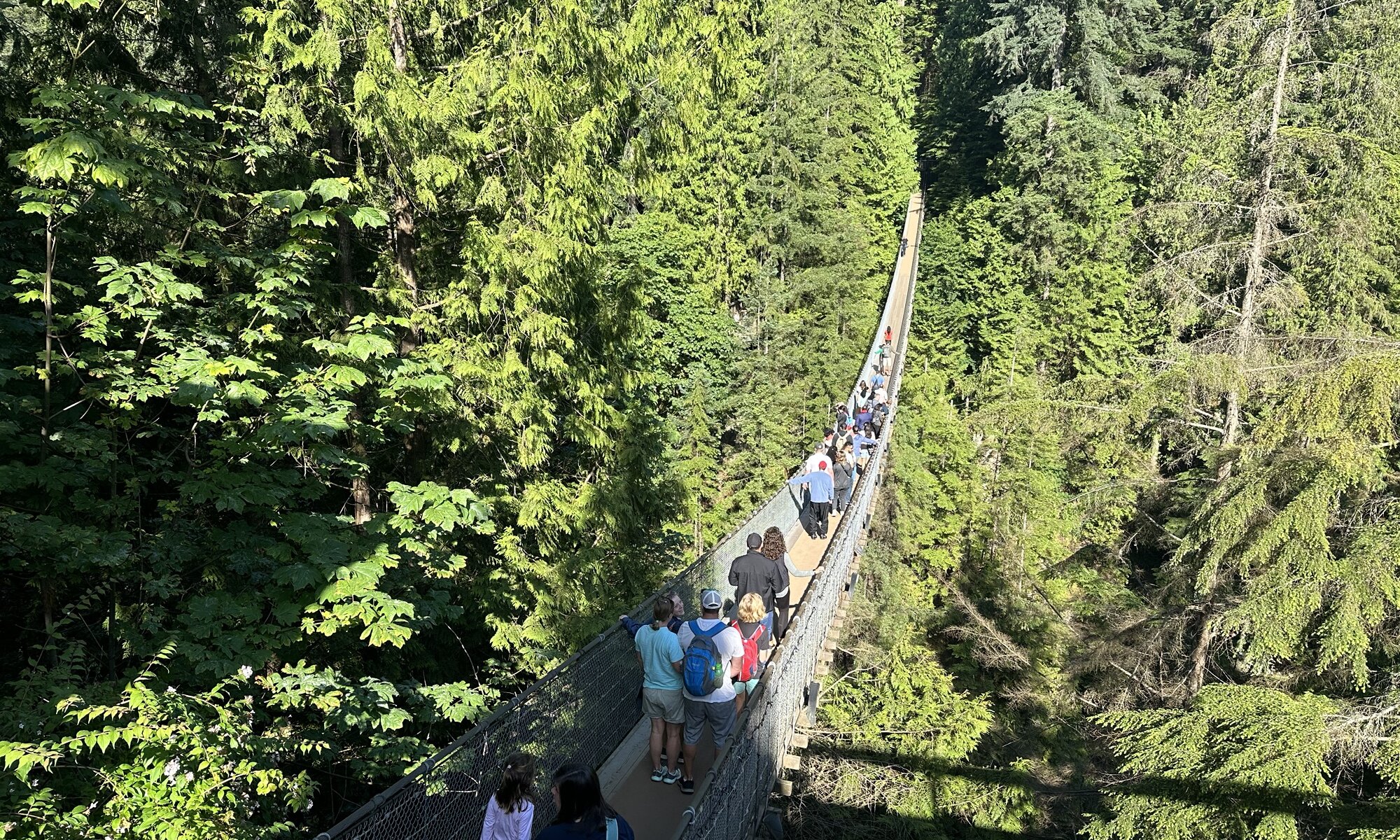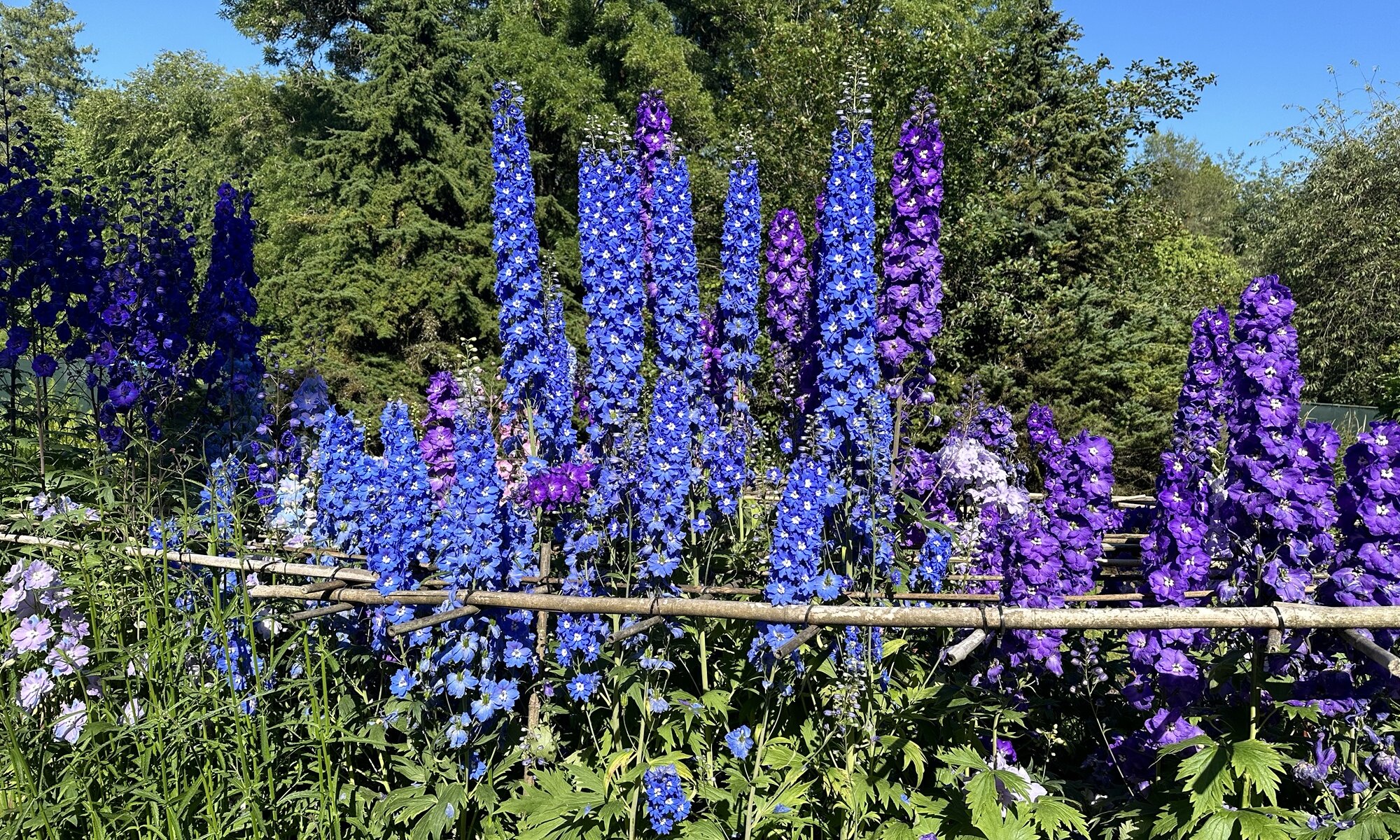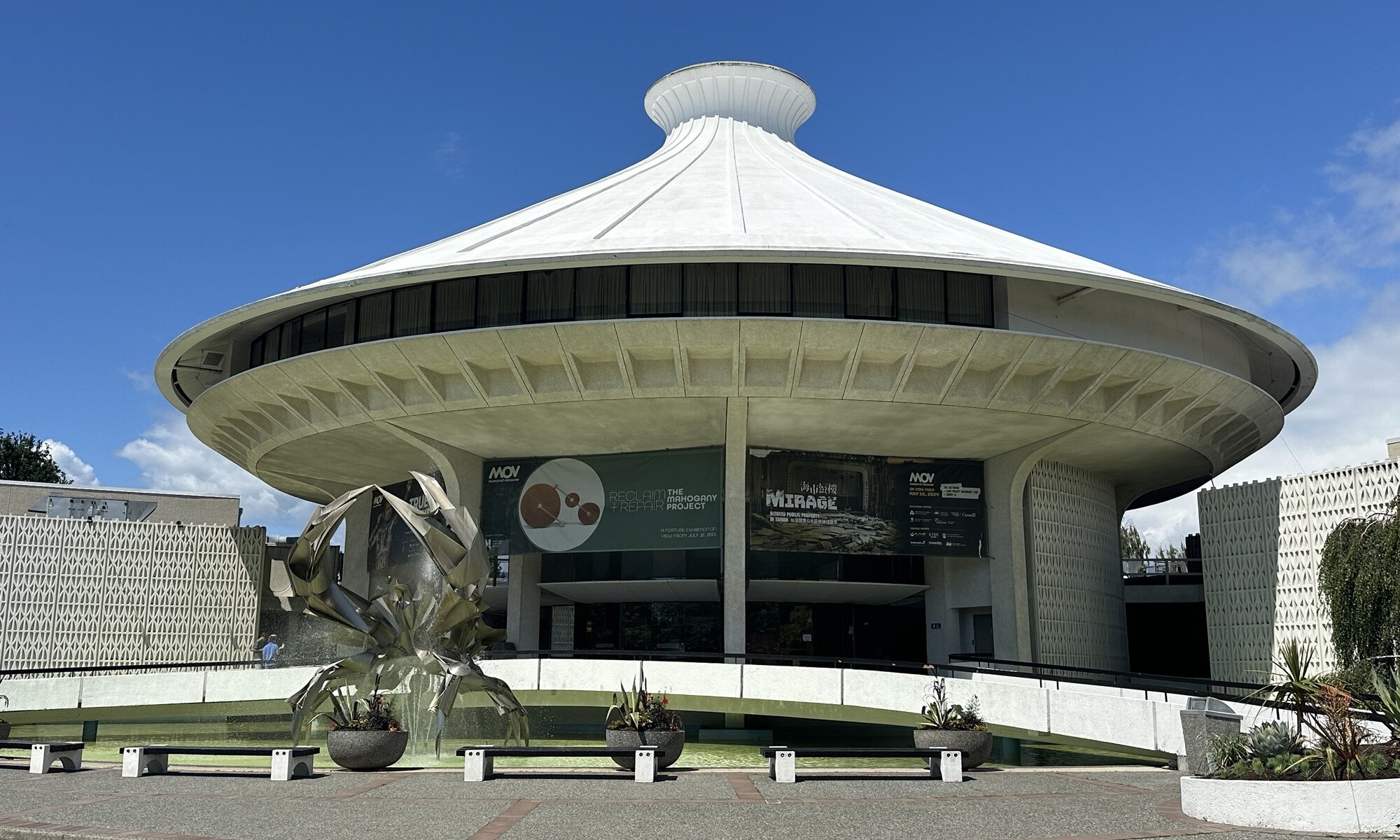If you’re interested in flora and fauna of the sea around Vancouver Island, Botanic(al) Beach might be worth a trip. Check the schedule of the tides and arrive at low tide here: the sea creates small pools in which you can observe plants, corals, and shells – it is like a natural exhibition. To reach the beach, follow British Columbia Highway 14 from Victoria along the southwestern coast of Vancouver Island to Port Renfrew and take the Cerantes Road to the southwest.
Continue reading “Botanic Beach”Mystic Beach
A beautiful secluded beach at the end of the world, with a waterfall, caves and a swing – that is Mystic Beach on the southwestern coast of Vancouver Island. Getting there is exhausting and an adventure, as you can reach the beach only on foot passing over wooden walkways, a rope bridge and many stairs, but it is absolutely worth the pain. I was recommended to go there by the employees of my hotel at Vancouver and it was definitely a good choice.
Continue reading “Mystic Beach”Royal BC
The Royal BC Museum is located at the inner harbour of Victoria. It was founded in 1886 and is one of the most important museums in Canada focusing on history, anthropology and natural history. Core of the museum and its archive are the collection of items belonging to the 198 tribes of the First Nations at British Columbia (BC). While these were sometimes bought and sometimes taken away in the past, the relationship of the First Nations and the museum of improved massively in the recent past and the items are reconnected to the tribes.
Continue reading “Royal BC”The Vic
If I would look for a place to reenact some scenes of Pulp Fiction, The Vic would be my first choice. It isn’t by far a boutique hotel like how it is marketed, it rather feels like a motel at a radial road in a suburb of Victoria (on Vancouver Island). A lot of parking lots are available, the rooms are equipped with a kitchenette but they are already a bit shabby and need renovation (I couldn’t even lock my balcony door). But therefore the place also has its own liquor store, a Floyds Diner that serves good breakfast and a pub for the evening hours.
Continue reading “The Vic”Inner harbour
The main attractions of Victoria on Vancouver Island are all grouped around the inner harbour of the city. Once you’ve found your way you can observe aeroplanes and get on water taxis exploring the bay of the capital city of the province British Columbia. Next to the harbor you can find some pretty impressive buildings like the ancient house of the Legislative Assembly of British Columbia or the Hotel Empress. Close-by you can also discover the Royal BC Museum with its historic collection.
Continue reading “Inner harbour”Otherworldly
If you arrive on Vancouver Island via Swartz Bay, plan a stop at the Butchart Gardens while being on your way to Victoria. When I imagine the inside of the rabbit hole in Alice’s Adventures in Wonderland this is the place that comes most close to it. The private garden was created by Jennie Butchart in 1904 in a quarry that her husbands business had caused. You can stroll the sunken garden, a beautiful Japanese garden, a rose garden and sections focused on Italy and the Mediterranean flora.
Continue reading “Otherworldly”Sailing
Well, the ferry boats between Vancouver and Vancouver Island are powered by natural gas and not by the winds – but nevertheless they speak of sailing between mainland and island. There are different routes but the most important ones seem to be the one going from Tsawwassen south of Vancouver to Swartz Bay (for visiting Victoria) and the one from Departure Bay (a well chosen name) near Nanaimo to Horseshoe Bay; the perfect arrival point for a trip through the Sea-to-Sky community via Squamish up to Whistler.
Continue reading “Sailing”Capilano
I’m just a tiny little bit afraid of heights, but the Capilano suspension bridge is a place to challenge me. It is located in North Vancouver and spans the Capilano river at a height of 70 meters while being 136 meters long. Dependent on who is joining you on the bridge, this can be fun or nightmare. What you might not suspect is that this bridge has a history and was first built in 1888 to access a hut on the other side.
Continue reading “Capilano”VanDusen
Since 1975 the city of Vancouver has a nice botanical garden in Shaughnessy, south of downtown. It is a beautiful garden with fantastic flowers, rivers, lakes and an Elizabethan maze to get lost in. The garden doesn’t do scientific research, it just exhibits plants in differently themed areas. There is a stone garden, a vegetable garden, giant sequoias, sino-himalayan plants and areas for the flora of Chile, South Africa, Australia and New Zealand. In one section you’ll find collections of azaleas, rhododendrons and camellias; in another firs, maples, conifers, lindens, cypresses and cedars can be found.
Continue reading “VanDusen”Civic museum
Welcome to the oldest museum of Canada, dating back to 1894. The current building was designed in New Formalism style by architect Gerald Hamilton and I quite like this special architecture that looks like a crossover of an UFO and a circus tent. The museum itself focusses on the past, present and future of the city of Vancouver and the selection of topics is pretty broad: for example they connect the topic of empty publicly owned residential buildings at Taiwan with Vancouver, asking where the residents see vacancy in their city.
Continue reading “Civic museum”